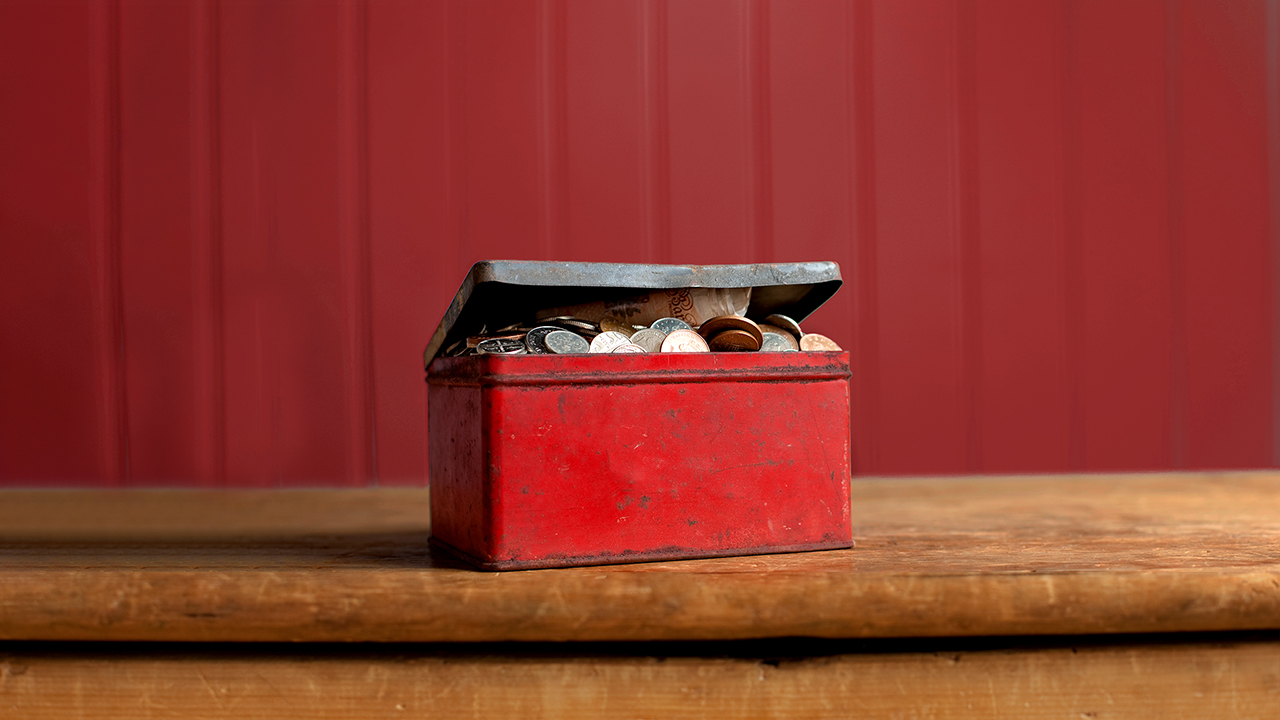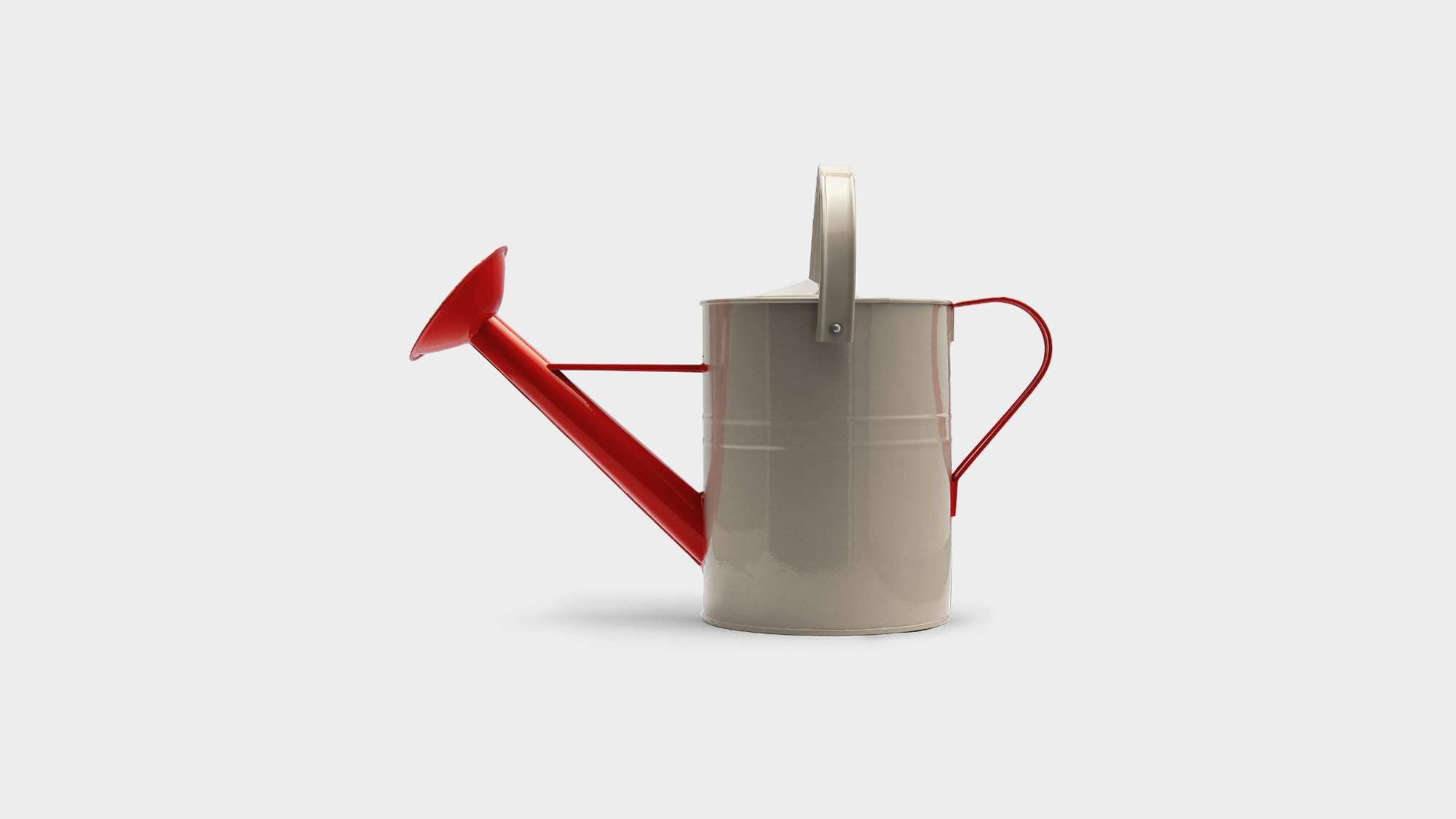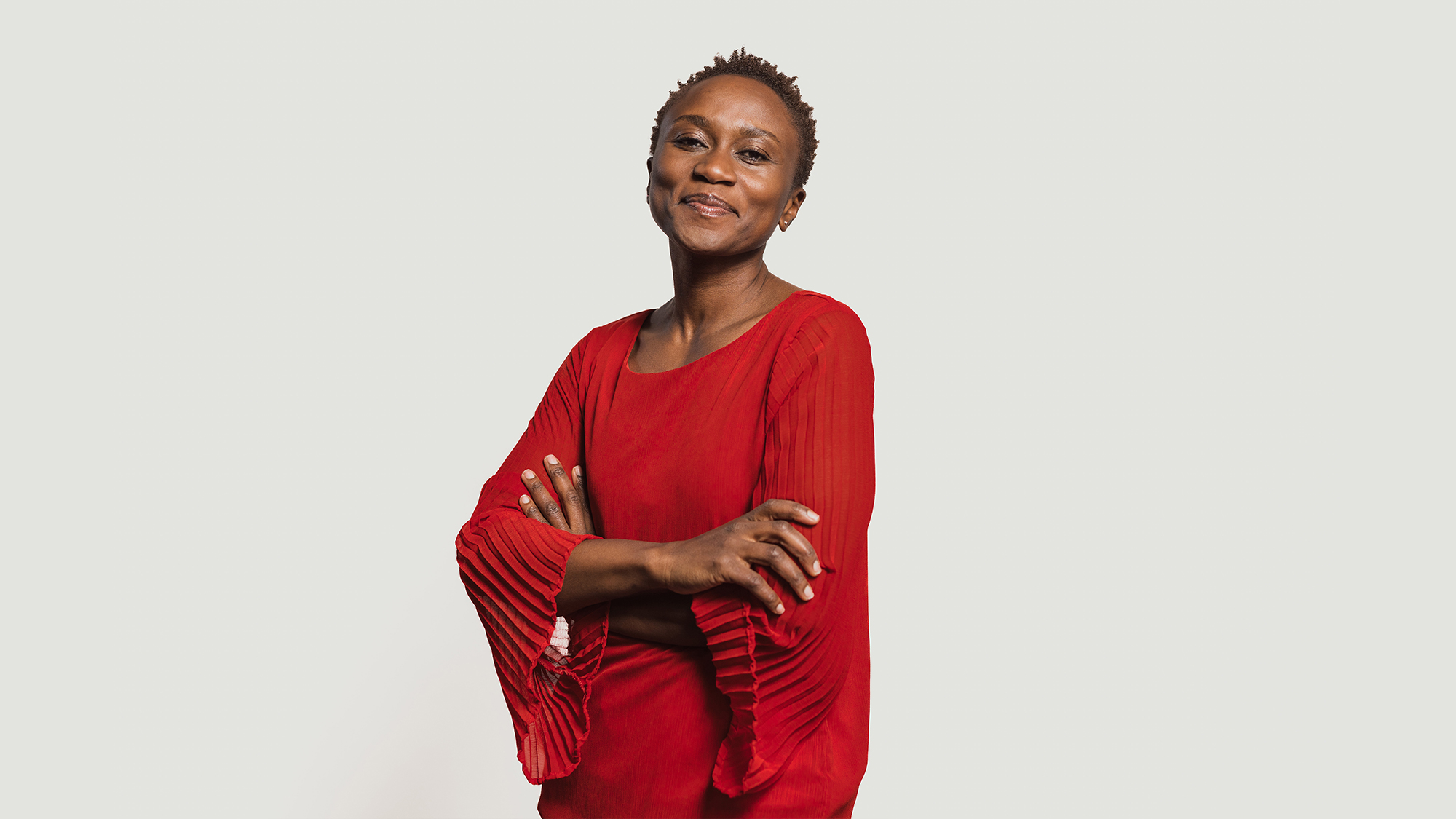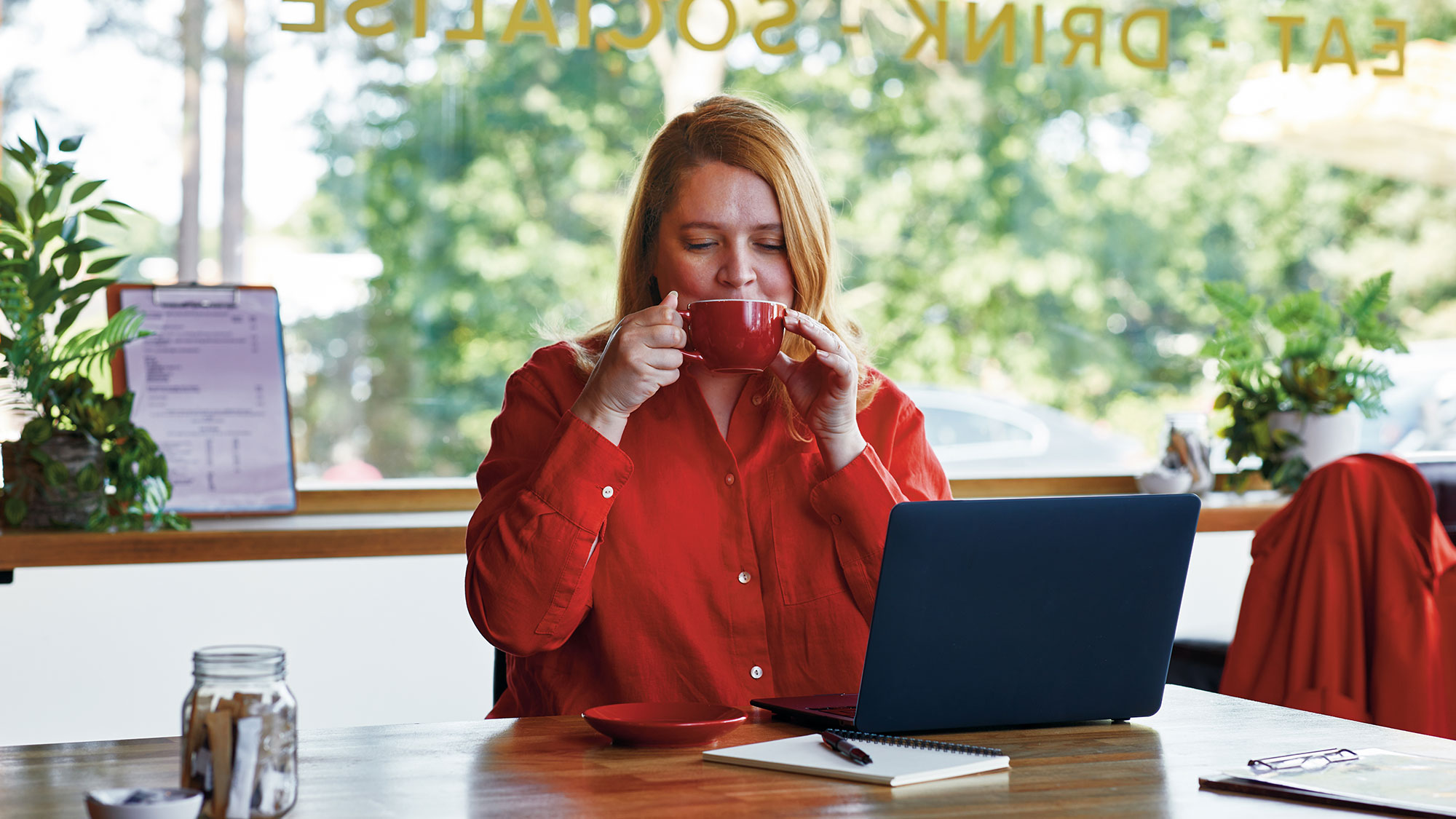Investing
Discover ways we could help you make your money work harder.

Discover a smart way to invest and track your long-term goals in the app. Investing carries risk – so you could get back less than you invest.

Use our calculator to see how your investment could potentially grow over time and under different market conditions.

We're here to help you start investing from £50..
Remember, investing has its downs as well as ups – and you could get back less than you invest.
Find the right investment for you
We'll help you potentially grow your money with our range of investment options, including funds and a stocks & shares ISA.

Find out how to start investing with a tax-efficient stocks and shares ISA.
The value of tax benefits will depend on your circumstances and tax rules may change in the future.

Choose from our range of sustainable and regular ready-made portfolios to start investing, or to build your investment portfolio.
Understand more about investing
Take a look at our latest guides to learn more about investing – from how to get started to the different ways to invest.

Considering investing but don't know where to start? You've come to the right place.
Go straight to:
Spread your money across different pots
Decide how much risk you’re comfortable with

Learn the basics of investing to work out whether it could be right for you.

Find out more about how setting long-term financial goals can help you succeed.


Discover the causes of market volatility and things you can do to help weather the storm.
More ways to invest
Looking for more choice? Take a look at how you can choose your own investments.
Eligibility criteria and fees apply.

Research, buy, sell and switch investments online with our Global Investment Centre.

InvestDirect is our online share dealing account that puts you in control of your investments.
Looking for some help?
Get personalised advice, or learn how to manage your investments.


Already investing with HSBC? Learn how to buy, sell and switch your investments, plus get wealth insights.
Explore more
More jargon-free guides to help you make investment decisions.

We look at the different ways you can invest in the index and some alternatives to consider.

If you’re a diligent saver, you may feel you’re financially protected against an uncertain future.

Things to consider if you're thinking about investing in the stock market.


Tips on what to do if you have spare money, such as whether to pay off your mortgage or invest.

Different ways to save, which can help you give your child a head start in life.
